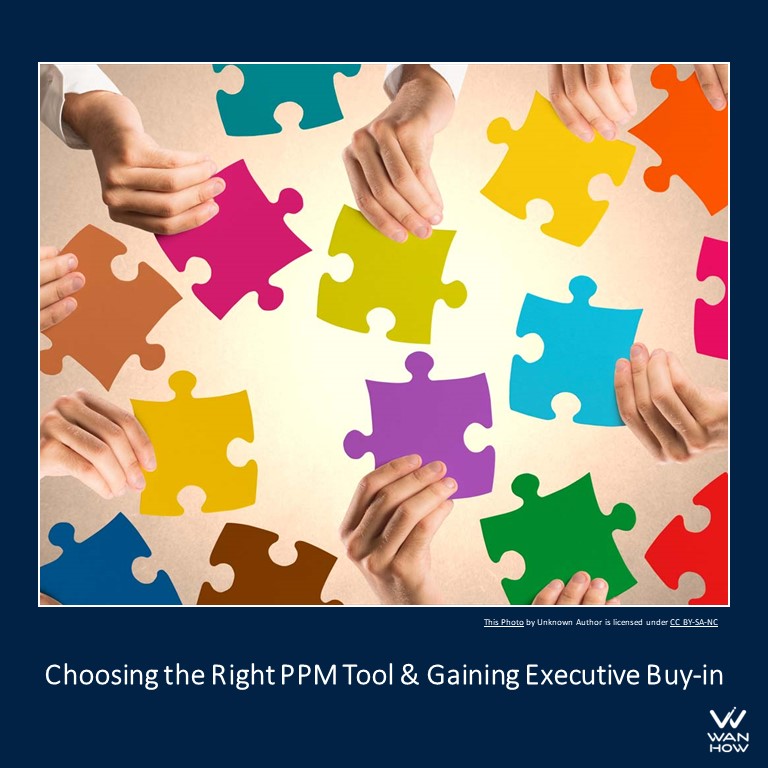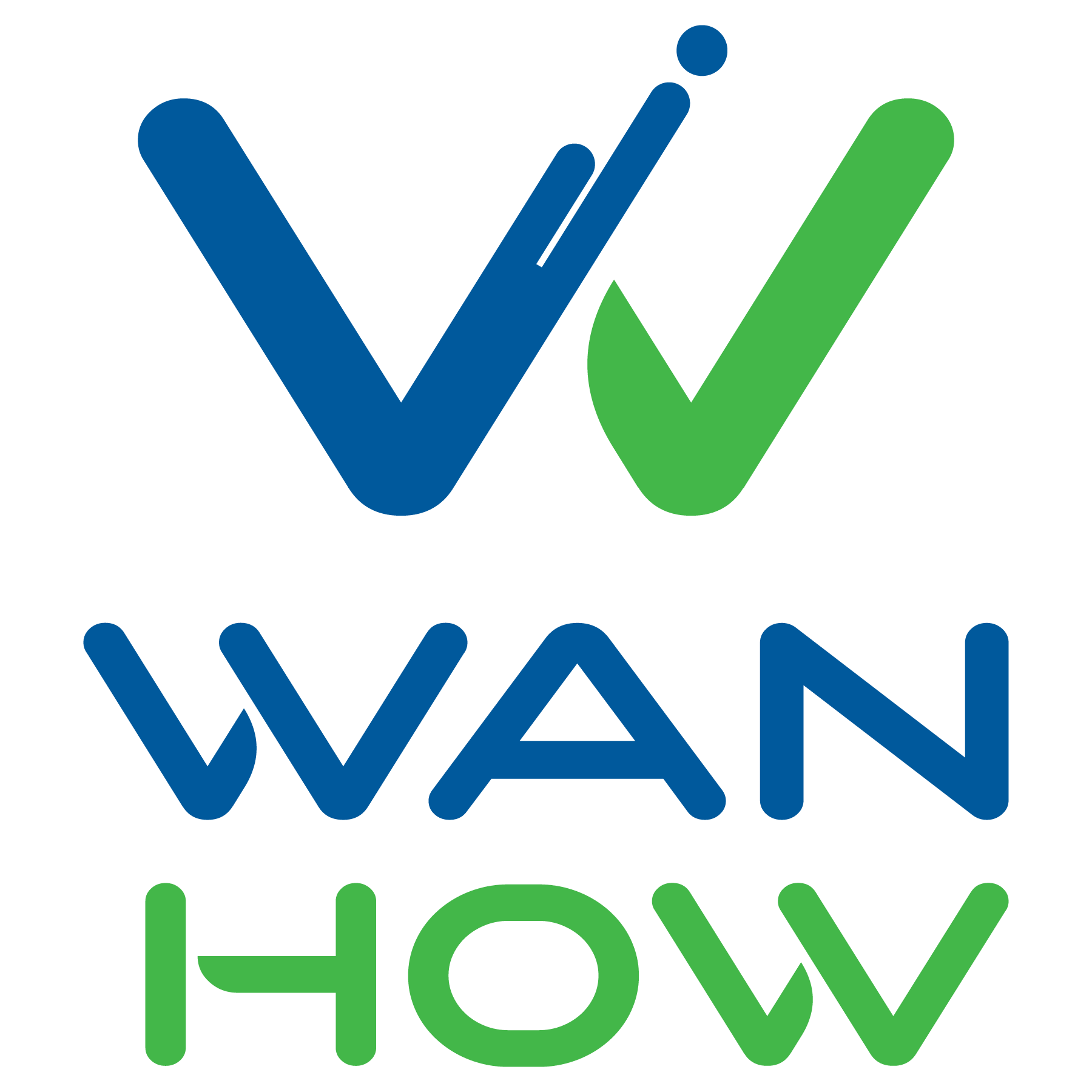How to Choose Wisely and Gain Executive Buy-in

In the dynamic world of project management, where multiple projects are in motion simultaneously, having the right tools to manage and oversee these endeavors is paramount. As the leader of a Project Management Office (PMO) tasked with delivering corporate projects across an organization, your role demands efficiency, coordination, and strategic oversight. One indispensable tool for this task is a robust Project Portfolio Management (PPM) system.
PPM tools are designed to provide a centralized platform for planning, prioritizing, executing, and monitoring projects across an organization’s portfolio. However, with a plethora of options available in the market, selecting the right PPM tool can be a daunting task. To help guide your decision-making process, let’s delve into some key considerations:
- Assess Your Organization’s Needs: Understand the specific requirements and challenges faced by your organization. Consider factors such as project complexity, team size, budget constraints, and scalability. Determine whether your organization needs basic project tracking or more advanced features like resource management, financial tracking, or portfolio optimization.
- Define Evaluation Criteria: Establish clear criteria for evaluating PPM tools. This may include features such as project planning, resource allocation, reporting capabilities, integration with existing systems, ease of use, and customization options. Prioritize these criteria based on your organization’s needs and strategic objectives.
- Involve Stakeholders: Collaboration and buy-in from key stakeholders are crucial for successful implementation. Engage project managers, business analysts, IT teams, and other relevant stakeholders in the selection process. Gather insights into their pain points, preferences, and must-have features to ensure alignment with organizational goals.
- Consider Integration Capabilities: A PPM tool should seamlessly integrate with existing systems and software used within your organization, such as CRM, ERP, or collaboration tools. Integration capabilities streamline workflows, eliminate data silos, and enhance productivity by providing a unified platform for project management.
- Evaluate User Experience: The usability and intuitiveness of the PPM tool are essential for user adoption and productivity. Conduct user trials or demos to assess the interface, navigation, and overall user experience. Ensure that the tool offers adequate training and support resources to empower your team in utilizing its full potential.
- Scalability and Flexibility: Choose a PPM tool that can grow and adapt alongside your organization. Consider future expansion plans, changes in project volume, and evolving business needs. The tool should be flexible enough to accommodate customization and configuration to align with your unique processes and workflows.
- Security and Compliance: Data security and compliance with industry regulations are non-negotiables, especially for organizations handling sensitive information or operating in regulated industries. Evaluate the PPM tool’s security measures, data encryption protocols, access controls, and compliance certifications to safeguard your organization’s assets and ensure data integrity.
- Cost Considerations: Budgetary constraints are a reality for most organizations. Evaluate the total cost of ownership, including licensing fees, implementation costs, ongoing maintenance, and support expenses. Compare pricing models, such as subscription-based vs. perpetual licensing, and assess the value proposition offered by each PPM tool.
- Vendor Reputation and Support: Choose a reputable vendor with a proven track record in delivering PPM solutions and providing excellent customer support. Research vendor reviews, customer testimonials, and case studies to gauge their reliability, responsiveness, and commitment to client satisfaction.
- Trial and Pilot Phases: Before making a final decision, consider conducting a trial or pilot phase with shortlisted PPM tools. This allows your team to experience the tool firsthand, test its functionality in real-world scenarios, and gather feedback for further refinement.
Choosing a PPM tool is only half the job. Gaining buy-in from senior leaders and executives is pivotal for the successful adoption and implementation of a Project Portfolio Management (PPM) tool within an organization. Here are some strategies to secure their support:
- Articulate the Value Proposition: Clearly communicate the benefits and value that a PPM tool brings to the organization. Highlight how it aligns with strategic objectives, improves decision-making, enhances resource utilization, mitigates risks, and ultimately contributes to achieving business goals. Use tangible examples and case studies to illustrate the potential return on investment (ROI) and positive impact on project outcomes.
- Demonstrate Alignment with Business Objectives: Showcase how the selected PPM tool aligns with the organization’s overarching business objectives and priorities. Emphasize its role in driving efficiency, innovation, and competitive advantage, while also addressing pain points and challenges faced by senior leaders in managing project portfolios effectively.
- Provide Executive-Level Insights: Tailor your communication to resonate with senior leaders’ perspectives and priorities. Focus on high-level insights and metrics that resonate with executives, such as portfolio performance, strategic alignment, resource allocation, financial forecasts, and risk exposure. Demonstrate how the PPM tool empowers executives with actionable insights to make informed decisions and optimize portfolio outcomes.
- Engage in Consultative Dialogues: Foster open dialogues and collaborative discussions with senior leaders to understand their concerns, expectations, and strategic imperatives. Seek their input and feedback throughout the selection process to ensure that the chosen PPM tool addresses their specific needs and preferences. Position the initiative as a strategic enabler for achieving shared organizational goals, rather than just a technology implementation.
- Highlight Competitive Advantage: Emphasize how implementing a robust PPM tool can confer a competitive advantage in the marketplace. Showcase how it enables the organization to adapt quickly to market changes, capitalize on opportunities, and deliver value to customers more efficiently and effectively than competitors. Frame the investment in PPM as essential for driving growth, innovation, and long-term sustainability.
- Mitigate Risks and Address Concerns: Anticipate and address any concerns or objections raised by senior leaders regarding the adoption of a PPM tool. Proactively address issues related to data security, compliance, integration challenges, change management, and potential disruptions to existing workflows. Provide reassurance and demonstrate the measures in place to mitigate risks and ensure a smooth transition.
- Pilot Projects and Proof of Concept: Consider conducting pilot projects or proof-of-concept initiatives to showcase the effectiveness and tangible benefits of the PPM tool in a real-world setting. Engage senior leaders in these pilot programs to experience the tool firsthand, gather feedback, and build confidence in its capabilities. Use pilot results and success stories to garner support and momentum for broader implementation.
- Create a Business Case: Develop a comprehensive business case that outlines the rationale, objectives, benefits, costs, and implementation plan for adopting the PPM tool. Quantify the potential ROI, cost savings, and efficiency gains derived from improved project management practices. Present the business case to senior leaders in a compelling and data-driven manner to secure their endorsement and commitment.
- Executive Sponsorship and Advocacy: Identify executive sponsors who can champion the adoption of the PPM tool within the organization. Secure endorsement and support from senior leaders who can advocate for the initiative, allocate resources, and drive organizational alignment. Leverage their influence and credibility to garner broader buy-in and overcome resistance to change.
- Continuous Communication and Engagement: Maintain ongoing communication and engagement with senior leaders throughout the implementation process and beyond. Provide regular updates on milestones, progress, and key performance indicators related to the PPM tool’s impact on project outcomes and organizational objectives. Solicit feedback, address concerns, and celebrate successes to sustain executive support and commitment over time.
By carefully considering these factors and actively engaging senior leaders in the decision-making process, you can choose a Project Portfolio Management tool that aligns with your organization’s strategic objectives, enhances project delivery capabilities, and empowers your team to achieve greater efficiency and success in managing corporate projects. Remember, the right PPM tool is not just a software solution; it’s a strategic enabler that empowers your organization to excel in project management and drive sustainable growth in today’s competitive landscape. Choose wisely, and pave the way for project success!
